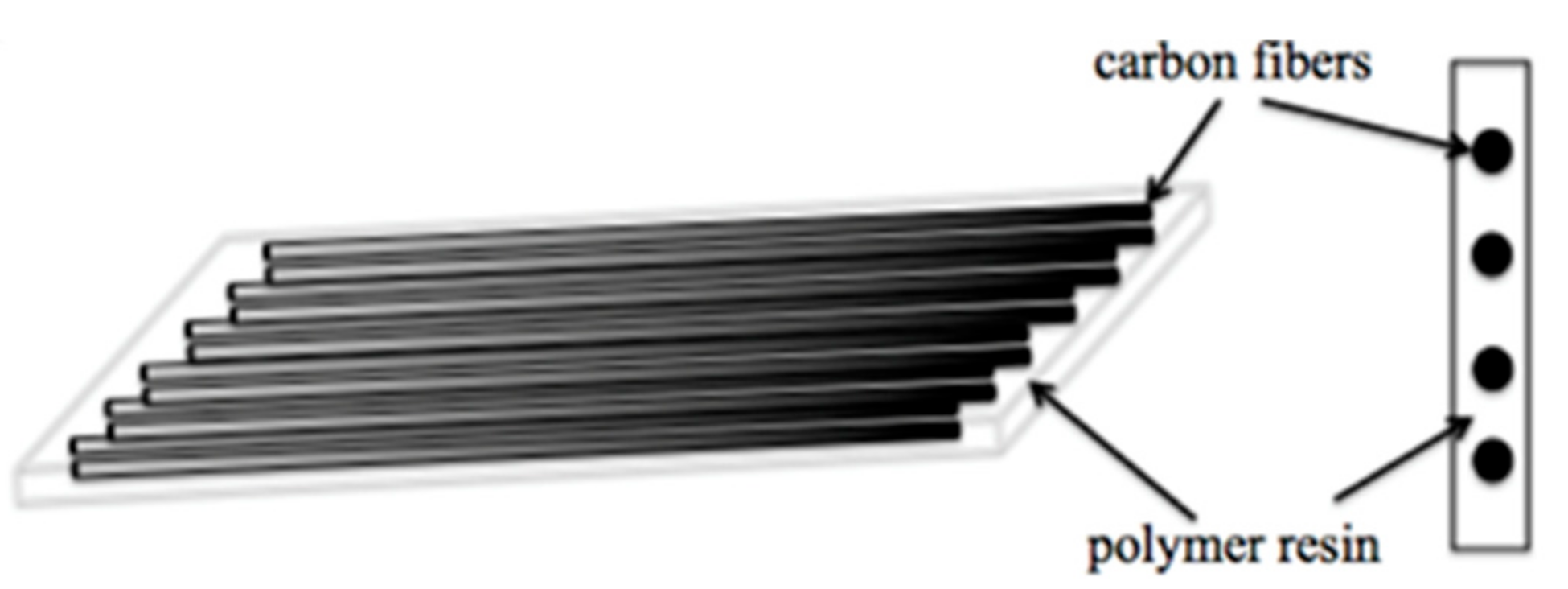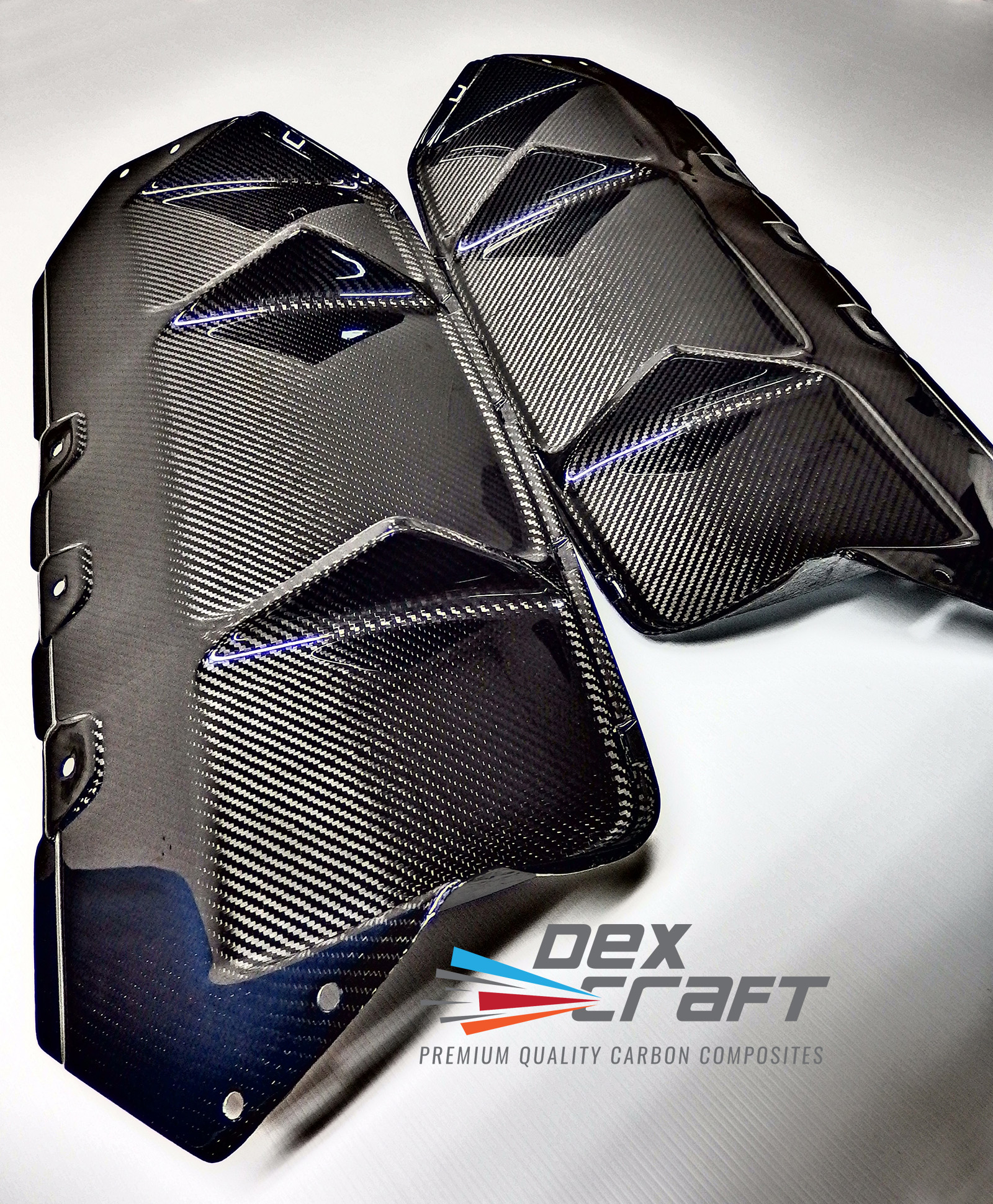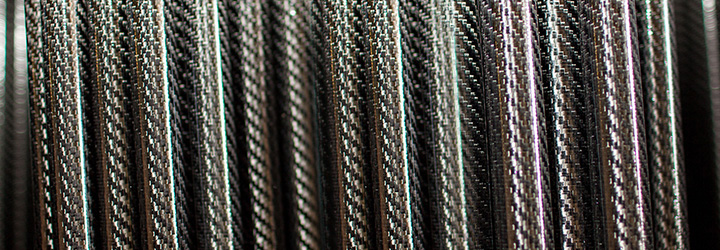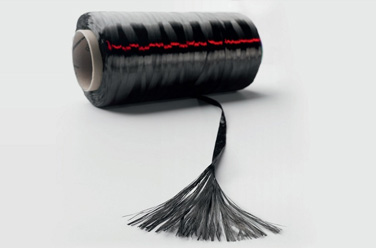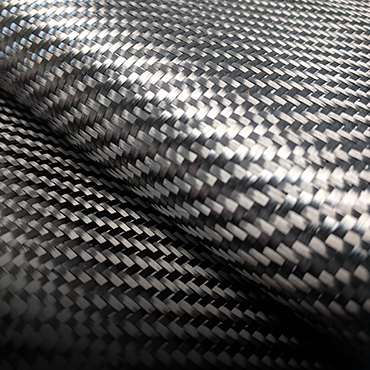Thermal Conductivity Of Carbon Fiber Laminates

They measured both the in plane and out of plane thermal conductivity.
Thermal conductivity of carbon fiber laminates. An exponential relationship in between the carbon fiber volume content and the throughthickness electrical conductivity of laminates was shown for the first time. Therefore a low cost and high thermal conductivity cfrp is welcome in engineering. In plane thermal conductivity of hogf t700 epoxy composite laminates increases to 50 7 w m k and enhances 14 1 times than that of t700 epoxy composite laminates. On the other hand these fillers may bridge continuous carbon fiber reinforcements to transfer heat more effectively or directly form continuous through thickness conductive network.
Although the mesophase pitch based carbon fiber k 1100 from amoco performance products exhibited longitudinal thermal conductivity of 1100 w m k these fibers are very expensive and may not be used heavily in the field of thermal dissipation. Of thermal conductivity of e glass and carbon fiber composites with vinyl ester. On the one hand these carbonaceous fillers possess high thermal conductivity which act as functional component to enhance the thermal conductivity of composite laminate. However in the through thickness direction the thermal conductivity of carbon fiber reinforced composite is no more than 1 wm 1 k 1due to the laminate structure.
Pilling et al reported measurements of thermal conductivity between 80 and 270 k of epoxy resin specimens reinforced with carbon fibers. The high in plane thermal conductivity promotes heat spreading but low out of plane thermal conductivity hinders heat removal. The high thermal conductivity carbon fiber properties are shown in table 1.








